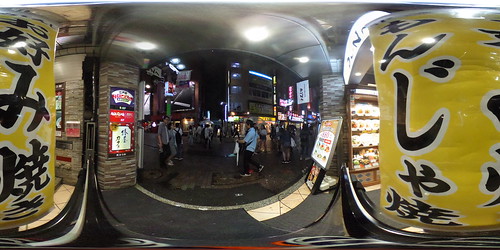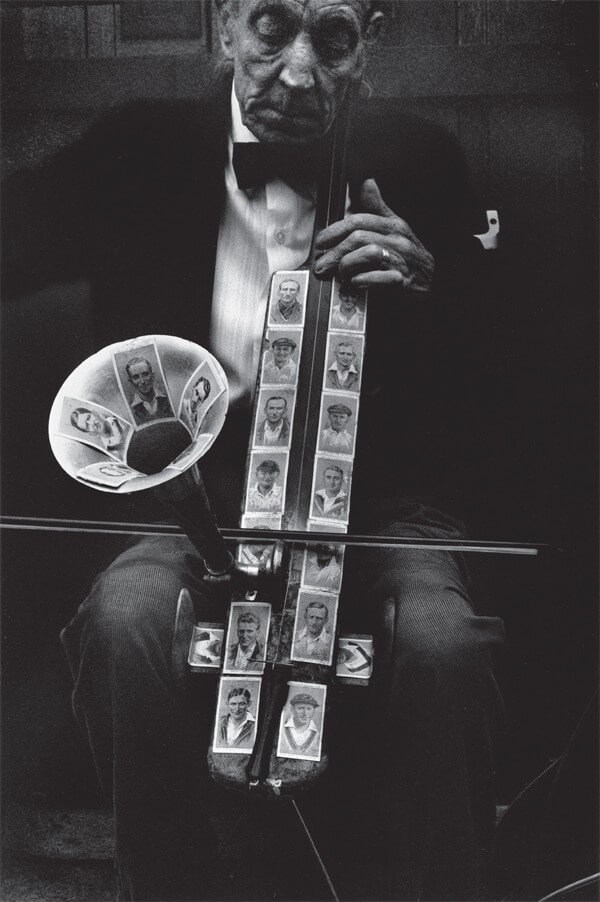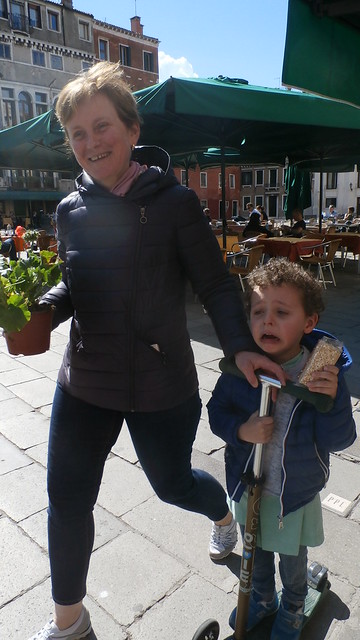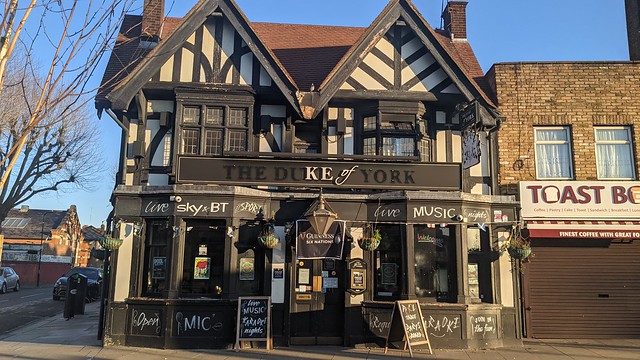The National Gallery in London currently has a show entitled Monochrome: Painting in Black and White. It's an interesting take on the deliberate choice of back and white by artists for their work in painting, printmaking, drawing etc over the last eight hundred years. For me it's a fascinating contrast to the role of black and white in the history of photography: initially the only means of popular expression and then overtaken by colour and identified, ironically, as the choice of artists.
I don't regard my choice as wilfully retro and have more recently enjoyed using the practical benefits of colour to work quickly. This exhibition however really explores the essence of what monochrome brings to both artist and audience. It also introduced me to a wonderful word grisaille.
As you'd perhaps expect black and white was a common technique to prepare sketches for the final execution of a painting which invariably was in colour. However over time it was seen to have its own power of expression that artists began to exploit. The argument of this particular exhibition is that power was one to arrest the viewer, to make them look again and look harder by removing the everyday camouflage of colour (gosh I just thought of that phrase, there's my blog title!).
It's not a particularly novel idea but it's one I certainly support and it was developed in one particular image called Grey Mirror by Gerhard Richter. The idea is brilliantly simple, painting a sheet of glass grey and transforming it into a mirror. OK it can fall into an "is that art" argument but for me it very, very much is. Even searching for this image online plays tricks as there is no one definite image as it is forever reflecting the environment around it and, even more so, you as a viewer become implicit in the art work.
Grey Mirror, 1992, Gerhard Richter
For me it's a great way of encapsulating my take on street photography. Forgive my impudence but hey this is my blog after all :)
Images of the street are just that. Reflections. They are not fixed. Atoms colliding. We, both actors and audience, perpetually shape shifting between both states. In time and out of time.
As well as a document of a particular moment on a particular day, street photographs and, to keep on topic, black and white street photographs do something else. They literally arrest us. We are all implicated in the picture by stopping and watching. What are we looking at?
Our selves.











